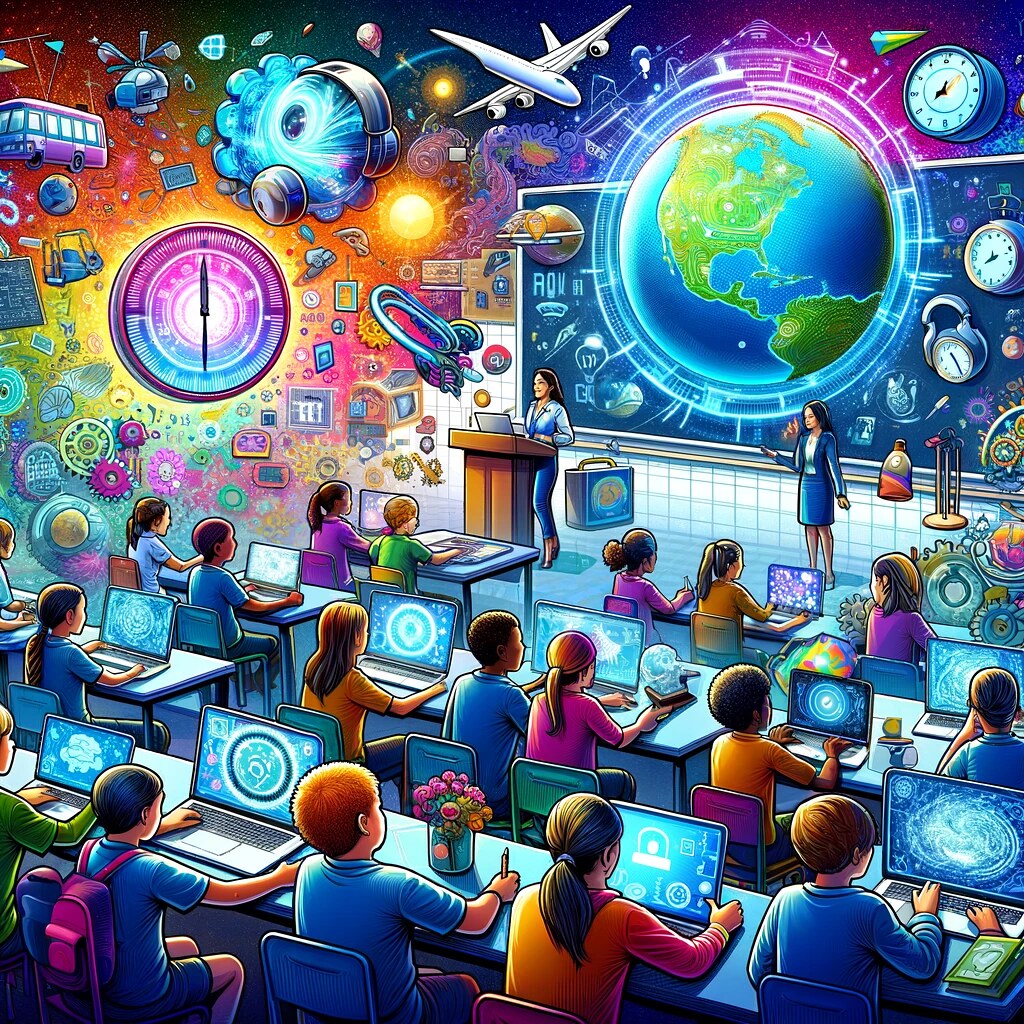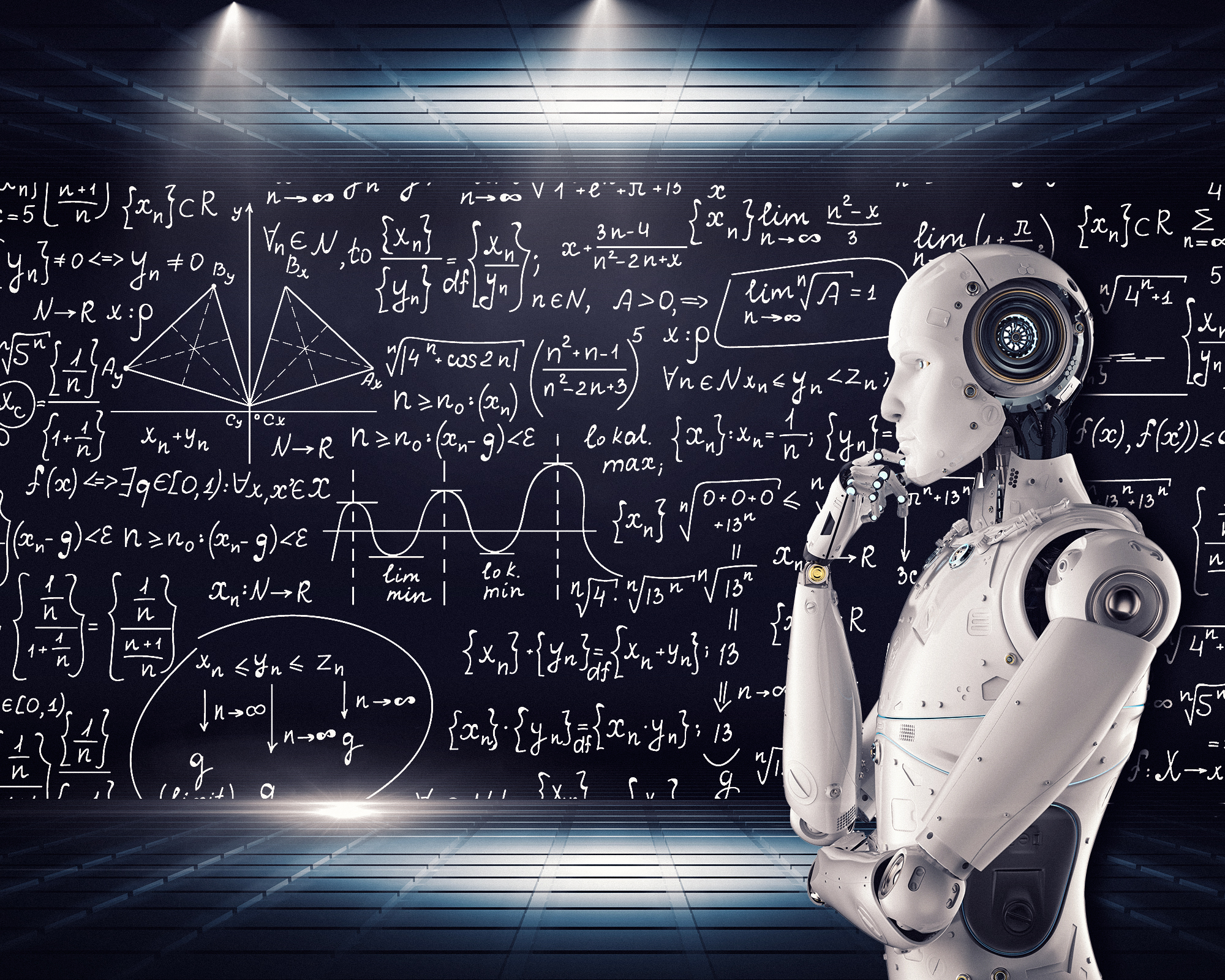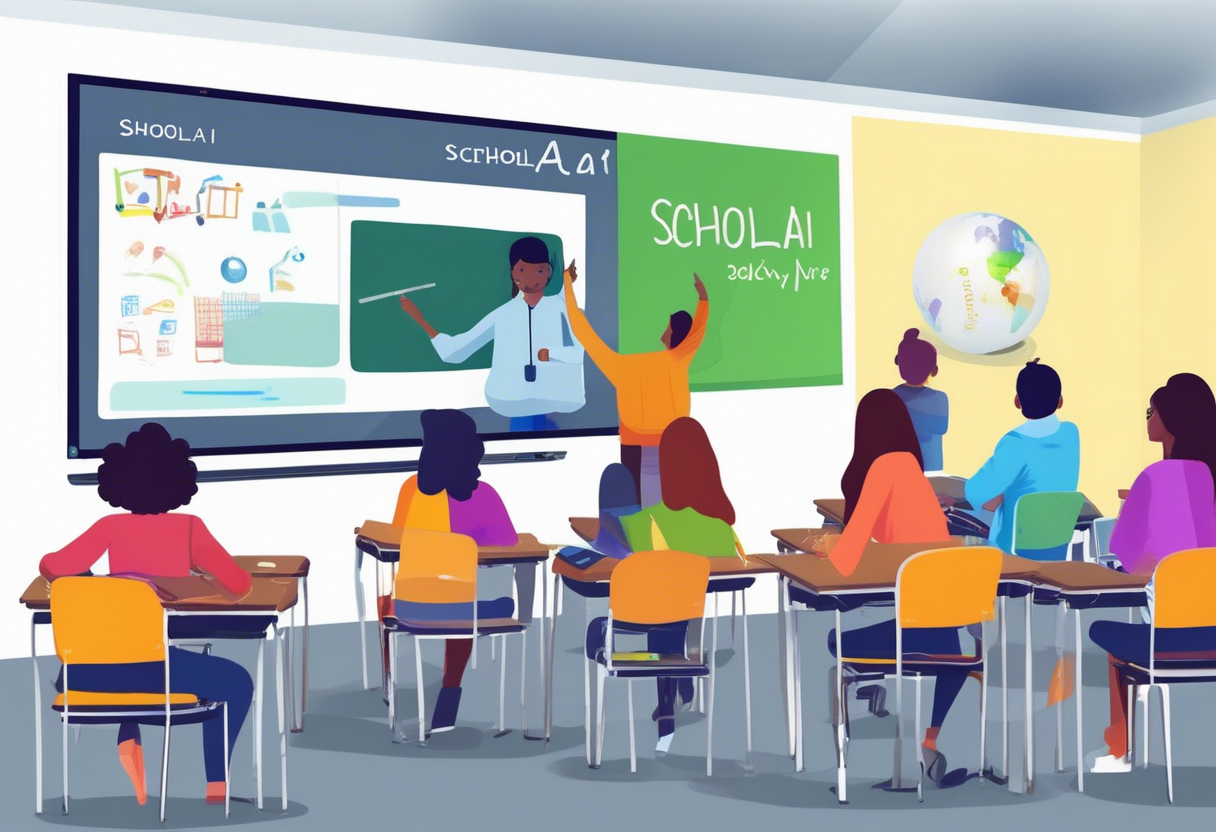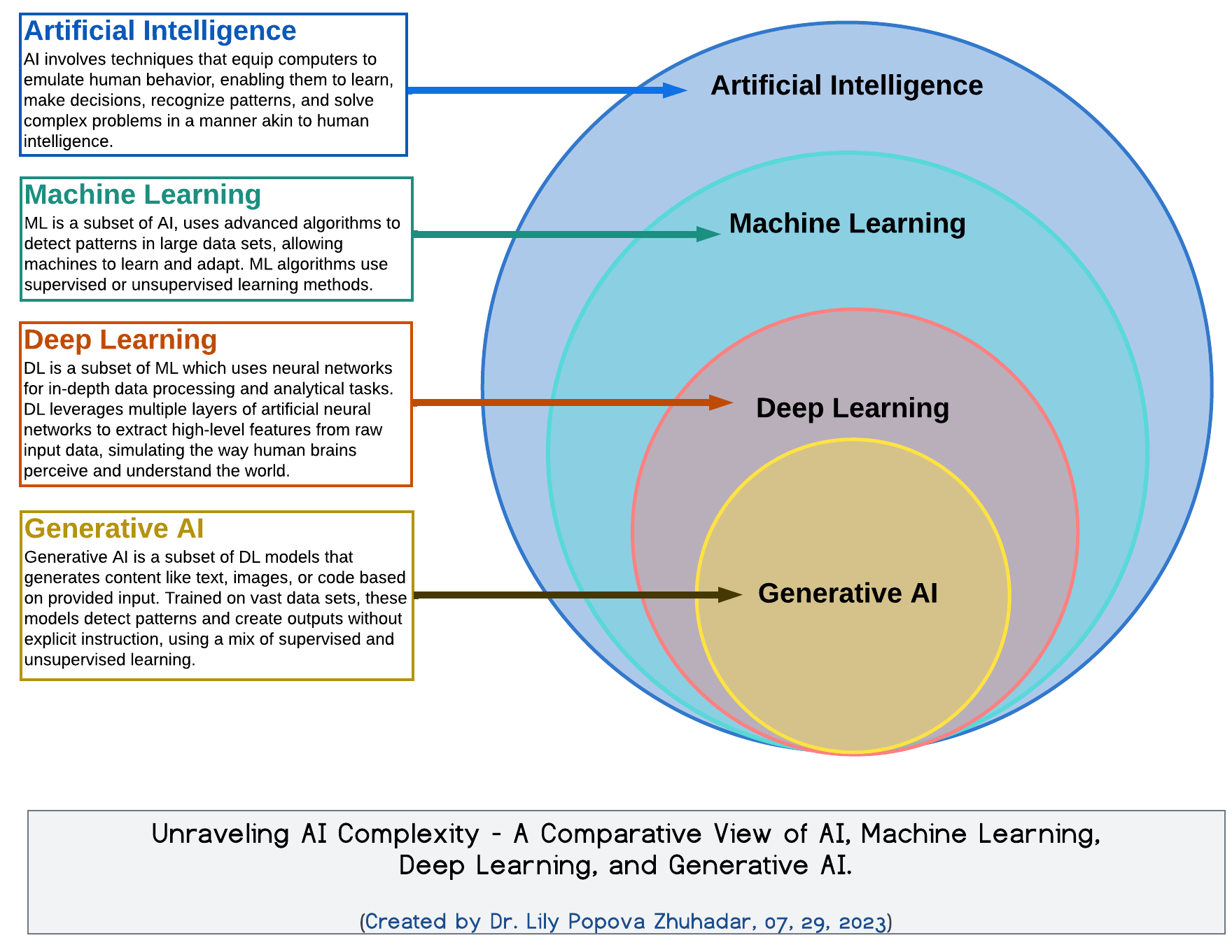
Imagine a classroom where personalized learning happens every day. Welcome to 2025, where AI tools are changing education in ways we once only imagined. A recent study shows that 85% of schools now use AI in their curriculums, changing how teachers teach and students learn. But what exactly are these AI tools doing in classrooms? In this article, we'll look at the main ways AI is used in education, what teachers need to know to use AI smoothly, and the benefits and ethical issues for students. We'll also talk about the newest AI tools and platforms that help teachers create lively and engaging classrooms. If you're curious about how AI is not just improving but changing education, let's explore the future of learning together!
Summary: This article describes AI learning tools transforming education in 2025, focusing on key applications, educator preparation, student benefits, ethical considerations, and AI platforms. It provides insights into the integration of AI in education, highlighting its impact and addressing common questions.
AI Learning Tools Transforming Education in 2025
AI's Impact on Modern Education
AI is revolutionizing the educational landscape by personalizing learning experiences, streamlining administrative tasks, and providing new avenues for student engagement.
Adaptive Learning Platforms
One of the most impactful applications of AI in education is through adaptive learning platforms. These platforms tailor content to meet the individual needs of each student. For example, D2L Brightspace is a learning management system that simplifies course creation and customizes learning at scale using AI tools like Lumi and predictive analytics.
AI in Streamlining Administrative Tasks
AI is also transforming the way administrative tasks are handled, thereby freeing up educators to focus more on teaching. AI systems manage grading, track attendance, and even handle scheduling, allowing teachers to dedicate more time to their students. Tools such as Gradescope automate grading processes and provide instant feedback. Additionally, AI chatbots are available 24/7 to assist students whenever needed.
AI Enhancing Accessibility and Inclusivity
AI is making strides in making education more accessible and inclusive. Technologies like voice recognition and speech-to-text are invaluable for students with dyslexia or language barriers. AI-driven systems assess students' strengths and areas for improvement, ensuring that no student is left behind. As AI technology advances, it promises to make learning more inclusive, engaging, and efficient. By 2030, investments in AI for education are projected to exceed $32 billion.
Key Applications of AI Learning Tools in Education
AI Learning Tools for Lesson Planning and Curriculum Development
AI is revolutionizing lesson planning and curriculum development by providing teachers with efficient, data-driven methods for creating educational content. With AI tools, teachers can generate lesson plans, activities, assessments, discussion prompts, and presentations from just a few keywords. This not only saves valuable prep time but also ensures that content aligns with educational standards and meets the diverse needs of students.
Smart Curriculum Design with AI Tools
AI analytics offer insights into student performance and learning styles, enabling teachers to tailor lessons accordingly. Tools like Knewton and Smart Sparrow utilize adaptive technology to create personalized learning paths.

By analyzing student performance patterns, these platforms suggest modifications to enhance learning, ensuring the curriculum remains both effective and efficient for diverse learning needs.
Time-Saving Automation in Education
AI reduces administrative burdens by automating tasks such as grading, attendance, and scheduling. This allows teachers to devote more time to lesson planning and student engagement. For example, Chalk, an AI scheduling tool, manages the tedious aspects of lesson planning. These platforms also provide analytics to identify the most effective curriculum components, facilitating continuous improvement.
Personalized Learning Experiences with AI Learning Tools
AI elevates personalized learning by customizing content to individual student needs and learning styles using data insights. This personalized approach enhances student engagement and motivation, leading to improved educational outcomes.
Adaptive Learning Platforms Powered by AI
Platforms like DreamBox and Carnegie Learning leverage AI to adjust the difficulty and style of learning materials based on student performance.
These systems offer immediate feedback and adapt learning paths to maintain student engagement and comprehension. AI tools also provide 24/7 assistance through chatbots and virtual tutors, enabling students to learn at their own pace.
AI Tutors and Assistants for Enhanced Learning
AI features such as voice recognition, speech-to-text, and translation support learners with disabilities or language barriers, promoting inclusive education. AI tutoring systems like Squirrel AI and Mika deliver personalized sessions that mimic one-on-one teaching. These AI tutors analyze student responses and learning patterns, offering tailored support to address challenging areas and fill knowledge gaps, significantly enhancing the learning experience.
AI Learning Tools in Student Assessments and Feedback
AI is transforming student assessments and feedback, making these processes faster and more insightful. AI provides immediate, detailed feedback on student work, helping students identify strengths and weaknesses for improvement.
Automated Grading Systems with AI
Tools like Gradescope and Turnitin reduce grading time, enabling more frequent and consistent student evaluations. These platforms utilize machine learning to grade assignments, particularly in subjects like math and computer science, where answers are more straightforward.
They also offer detailed analytics to highlight common errors, assisting teachers in addressing these in future lessons.
Real-Time Feedback through AI Learning Tools
AI systems such as Coursera's feedback tools provide students with instant feedback on assignments and quizzes. This timely feedback allows students to learn from mistakes immediately, fostering a culture of continuous improvement. With instant insights, students can adjust their learning strategies and focus on areas needing more attention.
AI-Driven Content Creation and Classroom Management
AI significantly contributes to content creation and classroom management, streamlining educational processes and enhancing material quality. AI can automatically generate lesson materials, quizzes, and presentations, reducing teacher workload and making classroom resources more dynamic.
AI-Generated Educational Content
Platforms like Content Technologies, Inc. (CTI) and Quillionz harness AI to create educational content such as quizzes, summaries, and modules.

These tools analyze existing resources to generate new content that aligns with curriculum standards, saving time while keeping materials relevant and up-to-date.
AI Classroom Management Tools
AI automates tasks like attendance tracking, scheduling, and compliance monitoring, allowing teachers to concentrate on teaching. AI chatbots and help desks provide real-time support, enhancing classroom interaction and resource access. Additionally, AI tools promote inclusivity by adapting materials for students with special needs through text-to-speech, speech recognition, and visual recognition technologies.
By integrating AI into these educational areas, teachers can create more personalized, efficient, and effective learning experiences. AI tools hold the potential to reshape traditional education models, opening new opportunities for both students and teachers.
AI in schools: Pros and Cons
AI in Education: Transforming Learning and Teaching in 2025
AI for Educators
Artificial Intelligence in Education
AI Tools for Teachers
Main AI Trends in Education 2024
Brisk Teaching
Eduaide.AI
Preparing Educators for AI Learning Tools
It seems there might be a misunderstanding. Please provide the blog post content that you would like me to enhance by identifying highlights and summarizing them.
Student Benefits and Ethical Considerations
Boosting Student Engagement with AI Learning Tools
AI learning tools are revolutionizing student engagement by customizing lessons to match each student's pace and style. These tools adapt to individual strengths and challenges, providing support that enhances understanding and learning outcomes. For instance, platforms like LittleLit AI offer personalized tutoring with step-by-step explanations and instant feedback, which bolsters student confidence and participation in class.
The instant, detailed feedback from AI is invaluable. It enables students to identify their strengths and weaknesses, leading to a deeper comprehension of the material.

Additionally, AI-powered tools assist in creating educational content such as lessons, activities, assessments, and presentations, making learning more engaging and tailored to each student.
AI also plays a crucial role in promoting inclusivity in education. It provides access to materials for students with special needs through tools like text-to-speech, speech recognition, and visual recognition. These tools, including real-time closed captioning and support for neurodivergent learners, help eliminate learning barriers and ensure all students have equal opportunities to succeed, as highlighted by Summit Learning Charter.
Ethical Considerations for AI Learning Tools in Education
Despite the widespread use of AI tools, many students feel unprepared for an AI-driven workforce, indicating a gap in AI literacy and its integration into education. This underscores the need for schools to effectively incorporate AI tools into their curricula and provide the necessary training to equip students for future careers. A survey reveals that 86% of students already use AI in their studies but still feel unprepared.
AI should complement, not replace, the development of critical skills such as problem-solving, research, analysis, and critical thinking. A concern is that students might become overly reliant on AI, potentially hindering the development of essential academic skills.

Initiatives like Google's AI for Education Accelerator aim to bridge this gap by offering free AI training and career certificates to college students, promoting equitable and ethical access to AI education.
Ethical AI use also involves addressing issues such as transparency, reliability, privacy, equity, and the avoidance of bias. Addressing these concerns requires a thorough examination of AI tools to ensure fairness, accountability, and the protection of student data, as detailed by Cornell Teaching and Learning.
Top AI Learning Tools and Platforms for Educators
Leading AI Learning Tools in 2025
In 2025, schools are undergoing significant transformations thanks to advanced AI tools. Here are some standout AI tools that are making a difference:
-
Chalkie AI: A top tool for teachers, Chalkie AI helps create lessons with slides, quizzes, and videos effortlessly for any grade or subject. This allows teachers to focus more on personal instruction, which is crucial for effective learning.
-
SchoolAI: Offering a comprehensive package for classrooms, SchoolAI handles lesson planning, content creation, student engagement, and progress tracking—all in one place. Being FERPA-compliant ensures that teachers can manage everything seamlessly without juggling multiple tools.
-
Sanako: Ideal for language teachers, Sanako uses speech recognition to provide real-time feedback on pronunciation and offers personalized learning paths, making language learning more effective.
-
Snorkl: This tool provides instant feedback on students' verbal and visual explanations. It supports over 50 languages and helps teachers identify areas where students are struggling.
-
TeacherServer: Run by the University of South Florida St. Petersburg, TeacherServer is a free AI platform that creates lesson plans, rubrics, and more without ads or fees, making it a budget-friendly option for teachers.
Impact of AI Learning Tools in Real Classrooms
AI tools are making a tangible impact in classrooms:
- Teachers using SchoolAI report significant time savings as it consolidates lesson planning and student engagement into one platform, eliminating the need to switch between different apps.

-
Language teachers utilizing Sanako have observed improvements in students’ pronunciation and fluency. The real-time feedback and personalized learning paths cater to diverse student needs effectively.
-
In classrooms using Snorkl, students receive immediate feedback on their verbal explanations, enabling teachers to identify learning gaps and provide tailored support.
-
Teachers leveraging TeacherServer have developed a diverse array of lesson materials, from science experiments to history lessons, enriching the teaching experience and reducing preparation time.
A 2024 survey of educators who participated in Google's Generative AI for Educators course revealed that 83% anticipated saving over two hours each week with AI tools, and 74% felt prepared to integrate AI into their classrooms. These statistics underscore how AI tools are streamlining modern teaching and enhancing efficiency.
FAQs
What Are AI Learning Tools and Their Functions?
AI learning tools are software applications that leverage artificial intelligence to enhance the educational experience for both students and teachers. These tools offer a range of functionalities, including:
- Adaptive Learning: Tailoring educational content to individual learning styles.
- Intelligent Tutoring: Providing personalized feedback and support.
- Automated Grading: Streamlining the assessment process.
- Plagiarism Detection: Ensuring academic integrity.
- Classroom Management: Facilitating efficient classroom operations.
For instance, Carnegie Learning is a tutoring system that delivers feedback tailored to each student's unique learning approach.
How Commonly Are AI Learning Tools Used by Students?
A 2024 survey revealed that 86% of students across 16 countries incorporate AI tools into their studies, with an average use of 2.1 tools per student. Among these, ChatGPT stands out as the most popular, utilized by 66% of respondents. Grammarly and Microsoft Copilot follow, each with a 25% usage rate. Students frequently rely on ChatGPT for idea generation and writing assistance.
Benefits of AI Learning Tools in Education
AI tools offer significant advantages in educational settings:
- Personalized Learning: Adapting content to meet individual student needs and learning paces.
- Assessment Integrity: Utilizing tools like Turnitin for plagiarism detection.
- Teacher Support: Automating grading, suggesting lesson plans, and providing student performance data.
- Creativity and Innovation: Encouraging creative thinking, offering diverse perspectives, summarizing information, and rapidly generating educational content.

Classcraft exemplifies how AI can make classroom management engaging by tracking student engagement and rewarding positive behavior.
Challenges and Concerns with AI Learning Tools
Despite the prevalence of AI tools, many students express concerns about their understanding of AI. Approximately 58% report a lack of AI literacy, and 48% feel unprepared for AI-centric careers. Moreover, 80% believe their schools are not adequately integrating AI into the curriculum. Teachers also face challenges, such as concerns over academic dishonesty and less frequent use of AI tools compared to students. Only 9% of teachers regularly use generative AI tools, in contrast to 27% of students, highlighting a disparity in AI utilization.
Initiatives to Enhance AI Education and Literacy
The U.S. government has established a White House Task Force on Artificial Intelligence Education to enhance AI literacy and integrate AI into educational frameworks. This initiative focuses on:
- Teacher Training: Providing comprehensive AI education for educators.
- Early Introduction: Incorporating AI concepts early in the educational journey to prepare students for AI-driven careers.
The U.S. Department of Education supports AI innovation and responsible usage, including content summarization, idea generation, and automated coding for educational purposes. The Task Force is led by prominent figures such as the Secretary of Education and the Director of the National Science Foundation, spearheading efforts in AI education.